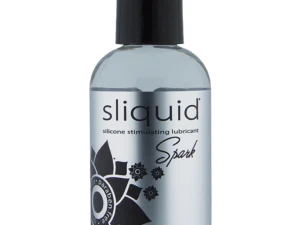Description
Please provide me with more context! To write a good article about flame retardants, I need to know:
- What is the intended audience? (General public? Scientists? Policymakers? Concerned parents?) This will drastically affect the tone, language, and level of detail.
- What is the purpose of the article? (Inform? Persuade? Warn? Educate?)
- What specific aspects of flame retardants are you interested in? (History? Chemistry? Types? Uses? Health effects? Environmental impact? Regulations? Alternatives?)
- What is the desired length of the article? (Short blog post? Long-form investigative piece?)
- Are there any specific points you want to make or any particular sources you want me to use?
For example, you could say:
“Write a short article for the general public about the potential health risks associated with flame retardants in furniture.”
Or:
“Write a longer article for a scientific audience summarizing the different types of flame retardants and their mechanisms of action.”
The more information you give me, the better I can tailor the article to your needs.













Reviews
There are no reviews yet.